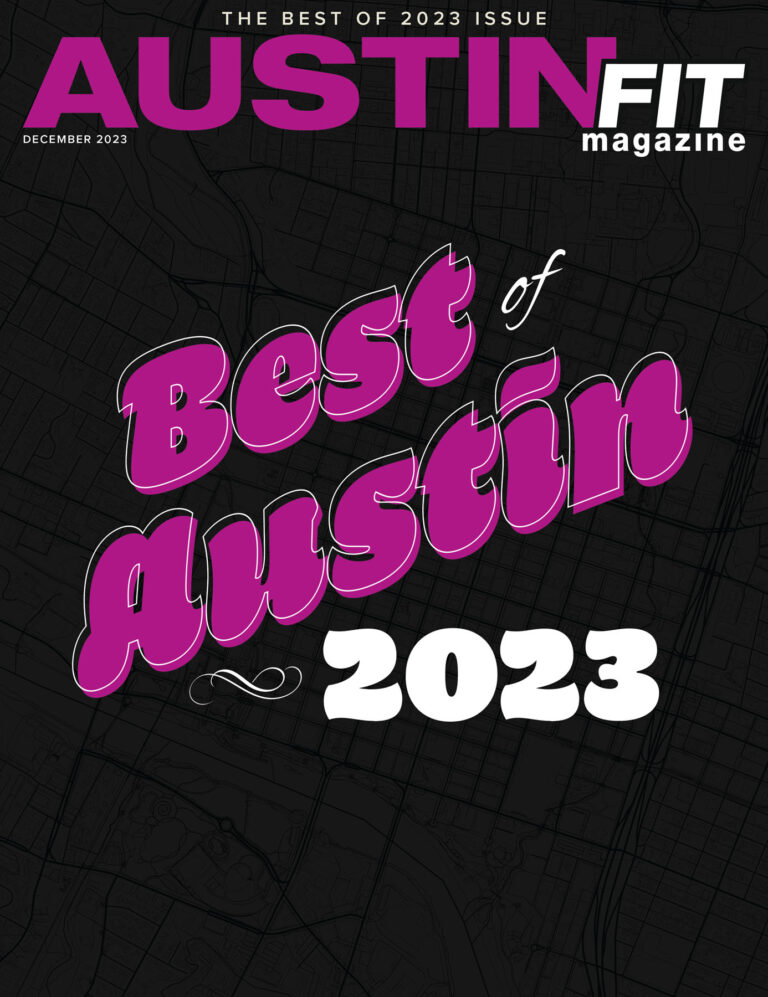How to Get Started Goal Setting this Spring

When setting health and fitness goals, it’s easy to fall into a grey area. There, it’s not uncommon to get trapped in a disappointing cycle of starting over, falling off, beating yourself up, repeating the process, or giving up before the magic happens.
Setting clear goals is the first step toward actually attaining them. But how do you know if your goals are in the grey area?
Here are the most common signs that a goal is in the grey area:
- The vision isn’t clear
- The goals aren’t specific or measurable
- The WHY (or deeper reasoning) is not established
- The focus is on outcomes instead of behaviors
- There is no end date or timeline
- The goal is unrealistic
You may say things like “I want to feel better,” “I want to look better,” or “I want to be healthier.”
There’s nothing wrong with wanting to feel better, but just wanting to “feel better” isn’t going to keep you from eating sugar after a stressful day at work.
But guess what? It’s not your fault. That’s right, it’s not you. It’s not that you lack willpower or motivation. Most of the time, we genuinely WANT to change or improve. The problem is in the design and framework. For goal setting, there is a proven design and system that delivers results.
Are you ready? Get out a pen and paper and let’s go deep!
Here’s your six-step plan for setting health and fitness goals in 2021.
Step One: Get Clear on Your Vision.
To get clear on what you want, it’s essential to tap into your emotions. We are emotional creatures and success is a feeling.
Ask yourself these questions to tap into the feels:
- What does success feel like to you when you reach your goal?
- How do you want to feel when you look in the mirror?
- What do you see in the mirror?
- Where are your energy levels?
- What does your life look like?
- What are you doing with this level of health and fitness?
- What else is possible when you reach this goal?
Step Two: Understand Your WHY
It’s imperative to understand the real reason behind your desires. Is it really the ten pounds that you want to lose? Or is it that you want to feel confident in your swimsuit when lake season rolls around?
Connecting to your why is another way you can tap into the emotion behind the goal. When your WHY is powerful enough, nothing can stop you.
Enter the Five Whys exercise:
Use the answers from the first step to narrow down one important goal. It doesn’t have to be perfect. In this exercise, you’ll answer a series of questions that begin with “why” to help you determine why your goal matters to you
First, what is your goal? Write it down in ink:
My most important goal right now with my health and fitness is __________.
Next, answer the “why’s.”
Why 1 – In one sentence, why is your goal important to you?
Why 2 – Why is (answer to Why 1) important?
Why 3 – Why is (answer to Why 2) important?
Why 4 – Why is (answer to Why 3) important?
Why 5 – Why is (answer to Why 4) important?
When you can clearly answer the final why, you know you have a solid reason for achieving your goal.
Step Three: Focus on Behaviors
Instead of focusing on outcomes (something you want), focus your attention on behaviors (actions you can commit to doing).
For example, instead of focusing on losing ten pounds, point your attention towards practicing portion control or slowing down the pace at which you eat.
Step Four: Use the SMART Framework
Make sure that your goal can fit within each of the letters.
S – Specific: Can your goal get more specific?
M – Measurable: How can you prove you are making progress?
A – Attainable: What is realistic?
R – Relevant: Does this align with your values or long-term goals?
T – Time-based: When is the deadline?
Step Five: Schedule Regular Check-Ins
Pull out your calendar and set up reminders to check in with yourself. I recommend setting this up at the same time every week, so you never forget.
For the check-ins, measure outcomes and behaviors.
Are you heading in the right direction toward the outcome you desire?
How well are you executing the actions or behaviors?
How consistent are you at taking action?
Step Six: Use the Power of Accountability
The last step is enrolling others into your possibilities. Reaching a goal is way more fun when you can share it with others.
Who – Who can you tell?
What – Tell them your goal
When – Tell them when you will achieve it
Where – Fill them in on the setting and specifics
Why – Tell them why it’s important to you
That’s it! You just finished the system for setting clear goals.
When you follow this system, you step out of the grey area and form a bulletproof framework around your goals.
The answers are all within you. Don’t let anything hold you back from living the life you want to live.






